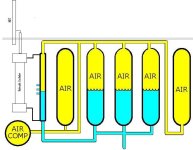elevmike
Member
On the serious side, I've looked far and wide for a High pressure level sensing device, and it seems that the one posted by Jnelson (http://www.simcotech.com/turcklevelprox.htm) looks like it may be worth looking into. Only question is $$$$$?
mike.
mike.





